My personal CCP
I was a dancer in college. I did not make the cut for major roles on the CCP stage but managed doing corps work.
The Cultural Center of the Philippines ended its 50th-anniversary celebration at the last month. A half century ago, the edifice that represents the premier cultural institution of the country was inaugurated. This iconic landmark and the larger complex that grew around it are already part of our cultural heritage. The CCP also holds personal meaning for me since I first attended an event there in the 1970s.
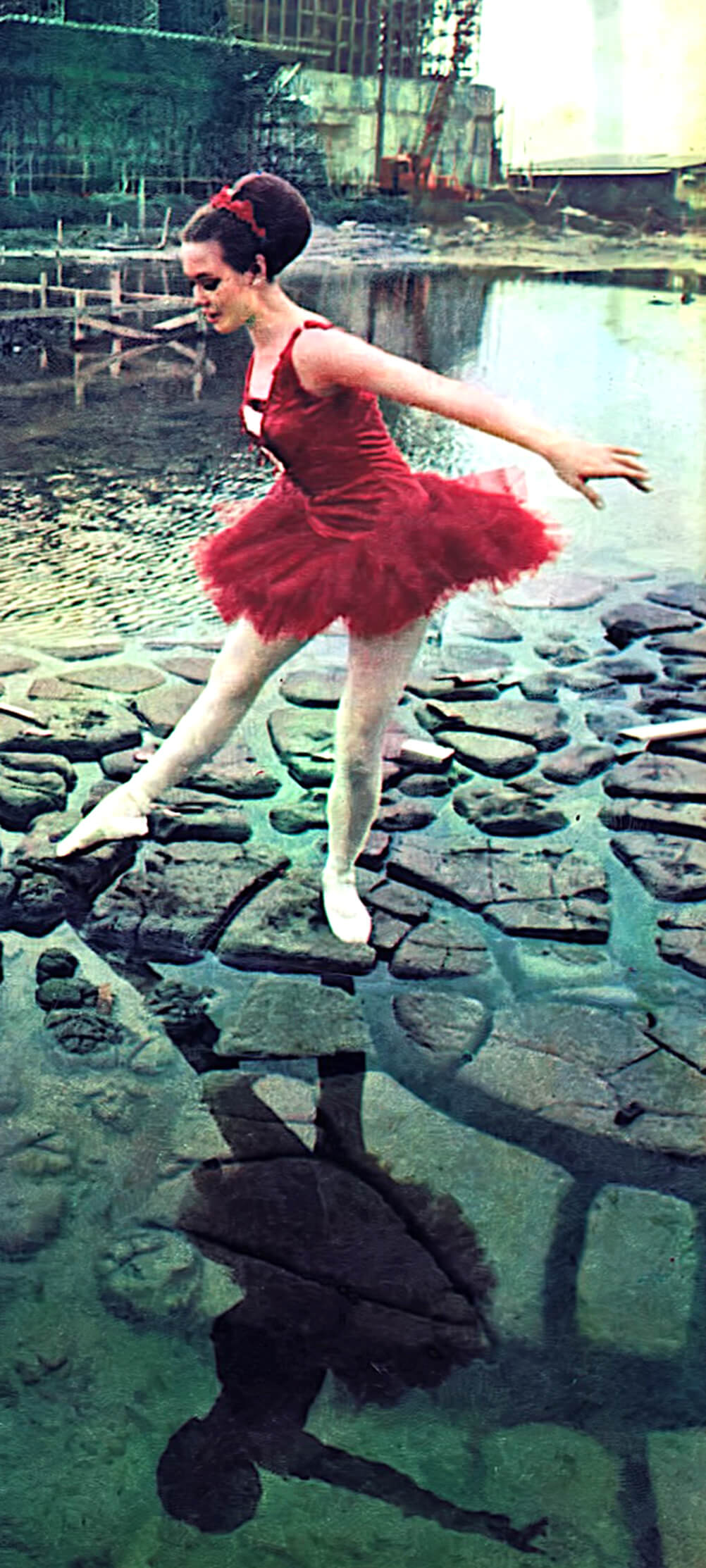
It was at one of Ballet Philippines’ offerings that I experienced the “brutal” lightness of being in Leandro Locsin’s concrete masterpiece. Architecture was my first point of reference with the center. I was still studying architecture at the UP when we were made aware of Filipino modernism’s most famous expression in concrete. This was two decades before I started serious research into Philippine architecture and urbanism, a study that led me to the theater’s origins as a smaller Filipino-American Friendship center intended for construction in Quezon City.
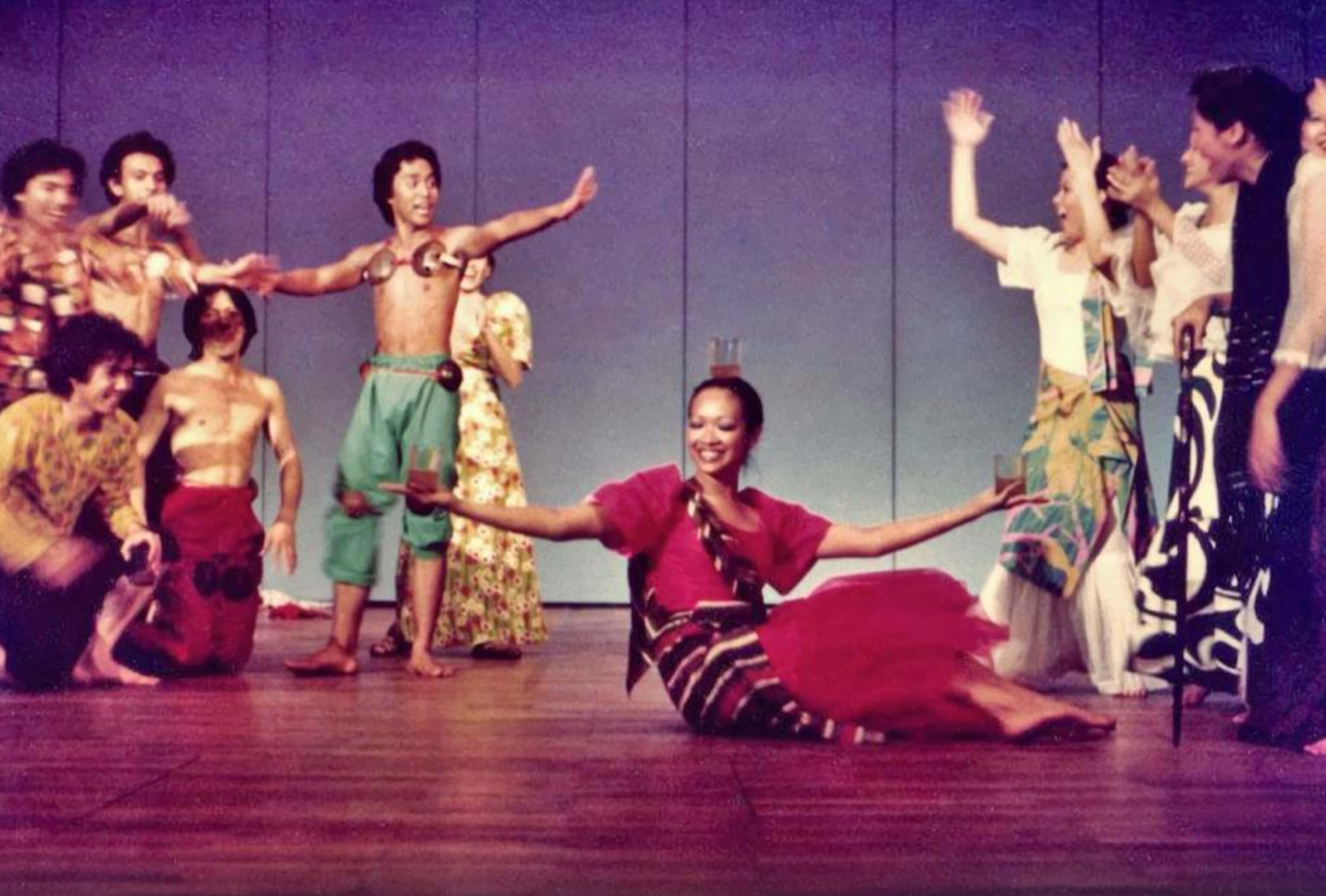
I touched on this in my article last week, noting the site’s pre-war intended use as an airport. The area was re-planned as a commercial center and port in the early 1960s, a project pushed by the infamous Harry Stonehill. He was deported in the midst of a political scandal. A few years later Imelda Marcos commandeered the site and transferred Locsin’s theater there.
A cornerstone was laid in 1966 with representatives from the seven arts — sculpture, dance, music, painting, literature, drama and architecture — in attendance. The theater was completed three years later and inaugurated amid protests from political and arts activists, including a young David Medalla.

Performance was my next connection to the CCP. I was a dancer in college with the UP Filipiniana. Under the tutelage of Corazon Iñigo, I was introduced to folk and modern dance and joined two tours of Europe with the group. This allowed me to travel and learn about western architecture and cities firsthand.
We had won in an arts festival in Dijon, France, in 1978 and were feted at the CCP upon our return that year. While working in various architects’ offices in the late ’70s, I continued dance training under various teachers, including Pinky Puno, Tony Fabella, Eddie Elejar and Douglas Nierras. I did not make the cut for major roles on the CCP stage but managed doing corps work, including a memorable dance drama, Kalinga, with the Manila Metropolis Ballet staged at the Folk Arts Theater. This required having to rappel down the hall’s ceiling in full costume.
In the early 1980s I gave up dance to focus on my practice as a landscape architect. I returned to the CCP complex in 1988 to design the ASEAN sculpture garden, which used the site of the old Miss Universe plaza beside the main theater. I helped seven sculptors, including Ramon Orlina, locate their pieces in the two-hectare space. I had worked with Ramon on two projects on Orchard Road in Singapore, where I was eventually based in the 1990s.
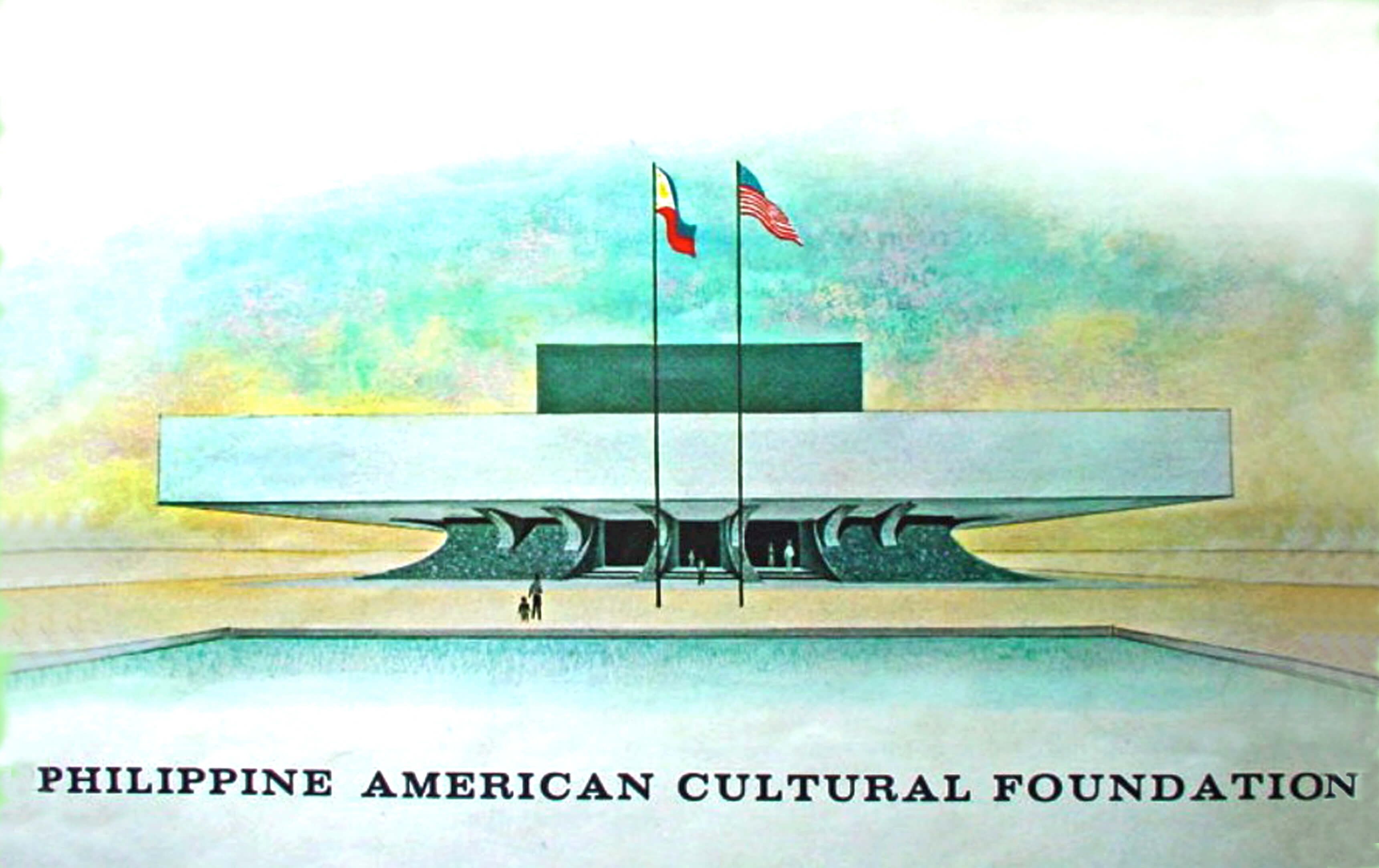
About a decade later, I would return to the CCP grounds to incorporate Ramon’s sculpture into a new site beside the Philippine Navy compound. I laid out a new plaza incorporating the geometry of the CCP, using this to define a pedestrian space leading from Roxas Boulevard to the waterside. The plaza, promenade, and cafes became (and remain) popular with the public, adding a bit of life to what was before an uninviting space.
For the ASEAN Plaza project, I had the good fortune of dealing with CCP president Bal Endriga, a fascinating and refined man who stepped in from the field of finance (SGV). He brought the CCP back from the red and revived its programs to reach out to a wider audience.
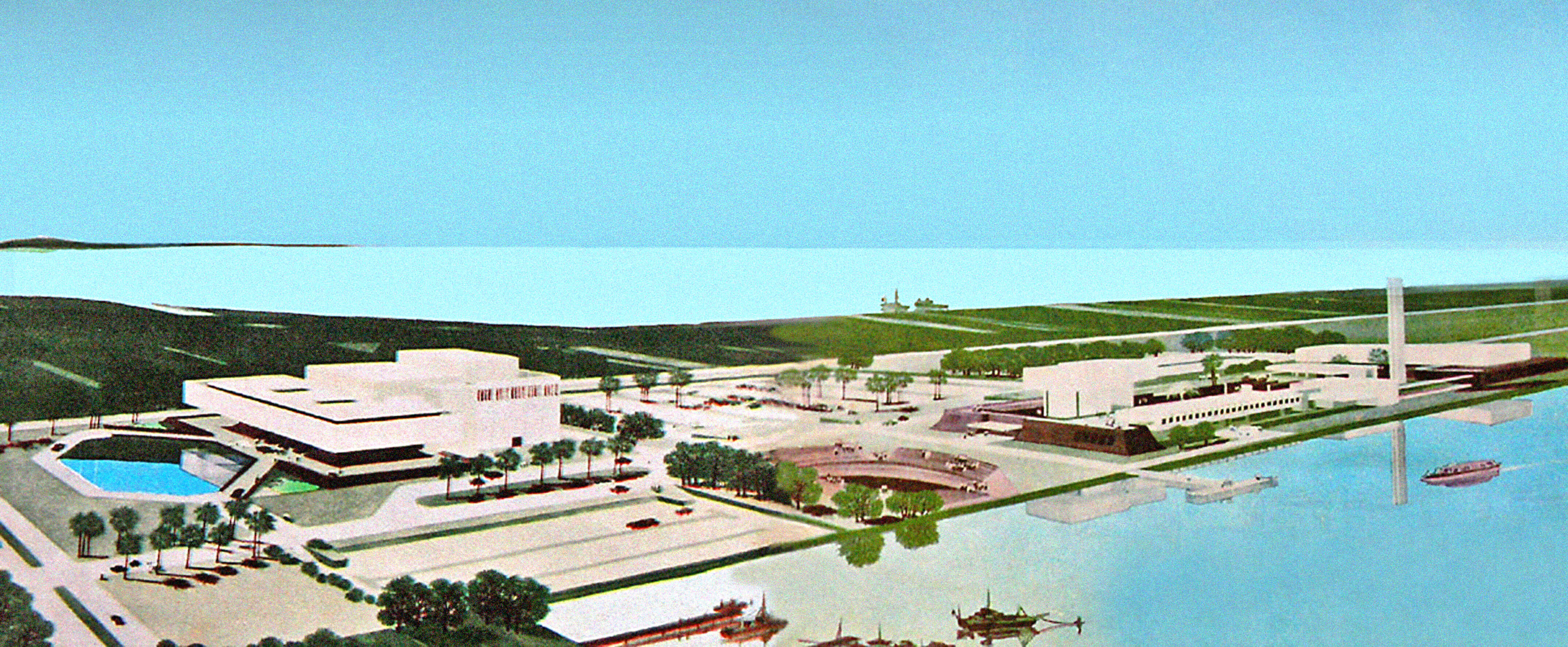
My involvement with the CCP continued in 1998. I was tapped to help in the staging of the Philippine participation at the Smithsonian Festival at Washington, DC, that summer. By this time the CCP was like a second home because of regular visits for that Centennial project and familiarity with the staff and creatives like Nes Jardin, who would take over as head a few years later.
I was still based in Singapore in the late 1990s, but repatriated in 2002, about the same time that the CCP board decided the complex needed a new master plan. I was retained as a technical consultant to the board, to assist in liaising with the planning firm of PROS (headed by my former professors at the UP).
The master plan was completed but its implementation hit snags in the last three national administrations, which have all de-prioritized culture and the arts. Though physical improvements, like additional theaters and the upgrading of ’70s-era facilities have been put on hold, programs were still funded for outreach, regular seasons of resident artistic groups, and the National Artist awards.
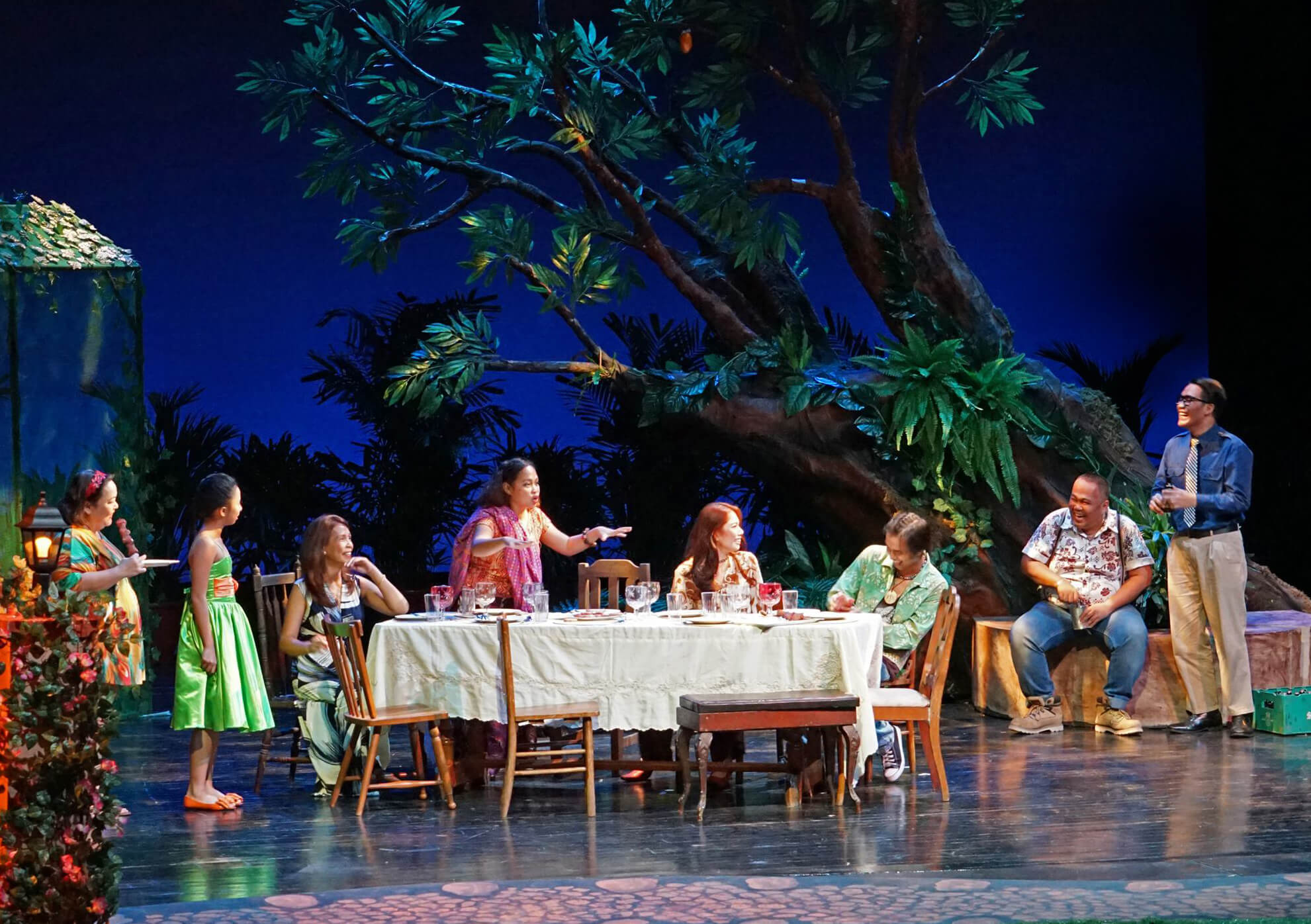
In the last decade, I returned to the CCP a few times more. The first to create a new park for the complex, the Liwasang Kalikasan, and the second time to design a set for Kanakan Balintagos’ play Mga Buhay na Apoy, which was presented by Tanghalang Pilipino at the Little Theater in October of 2015. The last time I ventured onstage at the CCP was that same year, to receive the Gawad CCP Para Sa Sining award for Architecture and Allied Arts.
In the new normal, the role of institutions of culture and the arts has to be re-framed. What is beyond a doubt is that Filipino society will still be defined by its culture and its arts, more than just its GDP. Indeed, what has helped us through this last eight months has been access to Filipino artistry in performances, literature, film, art, song and dance, which could not have been produced were it not for the support of cultural institutions led by the CCP.
Here’s looking forward to the center’s next half-century.
Feedback is welcome. Please email the writer at paulo.alcazaren@gmail.com.


